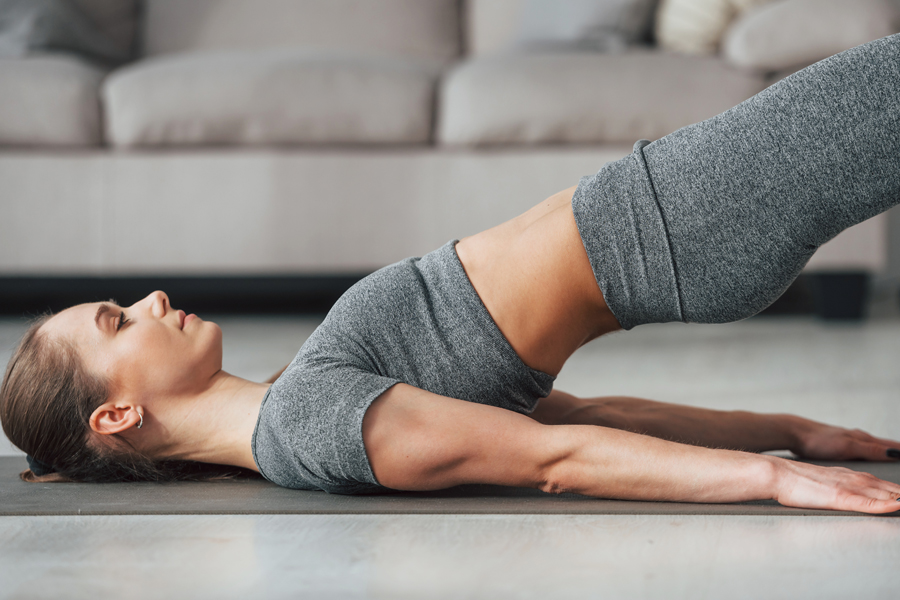
Are you tired of constantly worrying about unexpected bladder leaks? You’re not alone, urinary incontinence affects millions around the globe. Introducing Kegel exercises, a simple yet effective way to strengthen your pelvic muscles and gain better control over your bladder.
Kegel exercises are a form of pelvic floor exercises that specifically target and strengthen the muscles responsible for bladder control and urinary continence.
Kegel exercises build strong pelvic muscles. They help support the bladder, womb, and bowel in your body. Doing them can stop pee leaks and other problems. If you want to keep your bladder healthy, Kegels are one way to do it.
Kegel exercises are specifically designed to target and strengthen the pelvic floor muscles. These muscles play a crucial role in supporting the bladder, uterus, and bowel. By performing Kegel exercises correctly and regularly, you can improve the strength and functionality of your pelvic floor muscles.
To effectively target these muscles, it’s important to identify them first. One way to do this is by stopping the flow of urine midstream during urination. The muscles used to control this flow are your pelvic floor muscles.
Once you have identified them, you can start incorporating Kegel exercises into your routine.
Kegel exercises involve contracting and relaxing these muscles repeatedly. To perform these exercises, simply squeeze or tighten your pelvic floor muscles for a few seconds before releasing them.
Aim for about 10 repetitions per session, several times a day.
Performing Kegel exercises correctly involves following a step-by-step guide, ensuring the right frequency and duration, and keeping some useful tips in mind for beginners.
Performing Kegel exercises consistently and regularly is key to achieving the desired results. Aim to do these exercises at least three times a day. It’s important to find a frequency that works for you, but keep in mind that the more often you do them, the better your progress will be.
Start with about 10 repetitions per session and gradually increase as your pelvic floor muscles get stronger. As for duration, each repetition should be held for about 3-5 seconds before releasing.
Remember to take short breaks between each repetition to allow your muscles to relax.
Maintaining a healthy lifestyle, managing fluid intake, and seeking professional guidance are just a few of the other tips that can help you regain control.
This includes eating a balanced diet with plenty of fruits and vegetables, engaging in regular physical activity, getting enough sleep, and managing stress.
By adopting these habits, we can support the overall health of our bodies and promote the effectiveness of Kegel exercises in controlling urinary incontinence. These lifestyle choices contribute to maintaining a strong pelvic floor and reducing the risk of bladder leaks.
Properly managing your fluid intake is essential for effective urinary incontinence control. Drinking enough water is important to stay hydrated, but it’s also necessary to be mindful of the types and amounts of fluids you consume.
Avoiding excessive caffeine and alcohol can help reduce bladder irritation and prevent frequent trips to the bathroom. On the other hand, drinking too much liquid before bedtime may increase the chances of nighttime urination.
By maintaining a balanced approach to fluid intake throughout the day and making adjustments as needed, you can support your urinary health and improve overall bladder control.
If you’re unsure about how to perform Kegel exercises correctly or if you have specific concerns related to urinary incontinence, it’s a good idea to seek professional guidance. A healthcare provider or physical therapist who specializes in pelvic floor health can assess your condition and provide personalized recommendations tailored to your needs.
They can teach you the proper technique for performing Kegel exercises and help create an individualized exercise plan that suits your abilities and goals. Professional guidance is especially beneficial if you have complex pelvic floor issues or if you’re not experiencing improvements with at-home exercises alone.
Remember, working with a specialist can greatly enhance the effectiveness of your efforts to control urinary incontinence and improve overall pelvic floor strength.
In conclusion, for the millions grappling with urinary incontinence, the introduction of Kegel exercises offers a simple yet potent solution. These exercises, which target and fortify the crucial pelvic floor muscles, provide a path to regain control over bladder function.